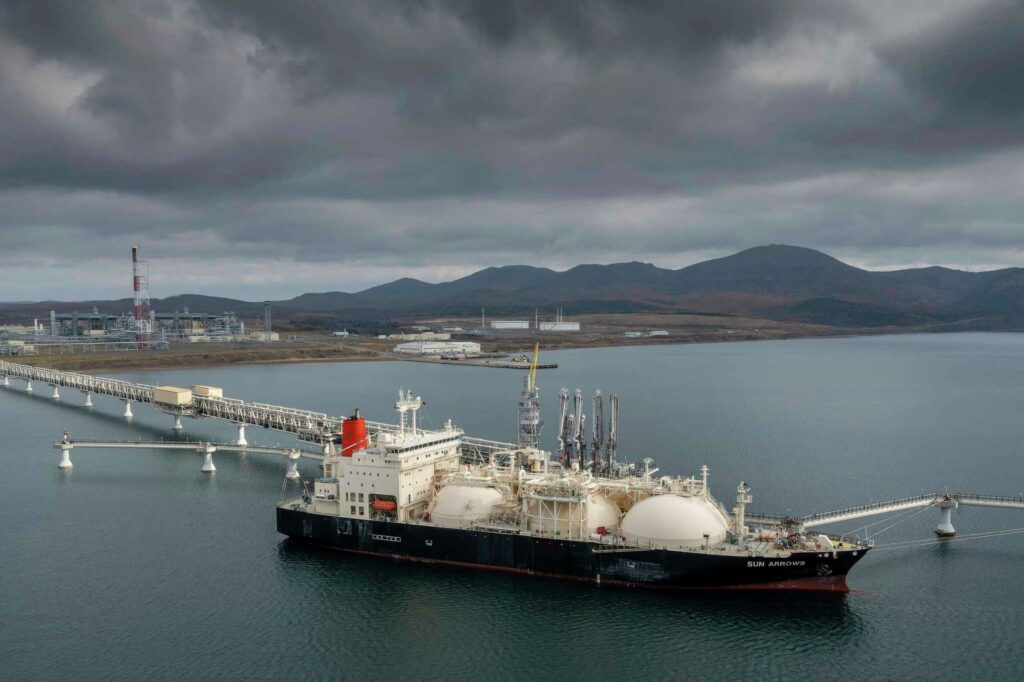
DENVER–(Beaumont Enterprise) The year following Russia’s invasion of Ukraine saw a rush for natural gas, demonstrating the urgent need for hydrocarbons for power generation and heat.
With Europe struggling to fill reserves, cutting down forests, and suffering astronomical prices of natural gas, American energy from states such as Texas, Louisiana and Pennsylvania helped save Europe from the brink of disaster.
But let’s pull back; there’s more to the picture. While the 2022 rush for gas was crisis-driven, there is a broader shift to produce cleaner, more sustainable energy sources that are also reliable and readily available to provide energy security. Natural gas has a huge opportunity to solidify its place in the evolving energy mix, but it will need to meet high standards of environmental performance.
Financial incentives, shifting consumer preferences, the need for climate accountability and pending U.S. and EU regulation have made it imperative for energy companies to reduce methane emissions and improve environmental footprint.
While war and energy security concerns may have dominated the headlines and driven gas purchases, last year also saw an increase in the demand for Responsibly Sourced Gas (RSG) — low-methane gas coupled with high-quality environmental attribute data. Major European gas buyers, such as ENGIE, Uniper, and industrial companies, entered into RSG contracts, and the number of companies seeking certification has increased.
We can now differentiate a commodity by providing contextual details about how the molecule was produced, including water usage, methane intensity, community impact, and other information. Furthermore, the rise of registries, like Xpansiv and EarnDLT, to tokenize and transact attributes digitally has created a pathway for natural gas attributes to trade independent from physical gas.
The impact of Russia’s invasion has not only highlighted the importance of U.S. energy supply to domestic and global markets but has also opened new markets for U.S. natural gas and begun to reframe how the world views U.S. energy. This is especially relevant to all of us in Texas, a major gas-producing state that is home to many LNG terminals.
Market action, where gas buyers seek specific methane, water, and sustainability thresholds, has already inspired rapid change. Leading operators in the Marcellus, Haynesville, and DJ Basins have led the charge in using accurate methane measurement to minimize emissions and participate in nascent low-methane gas markets on digital registries. Doing so is good for the climate and good for business.
Russia’s aggression and the world’s swift response underscore the essential nature of energy. But expectations have shifted – we’re no longer operating with an energy-at-all-costmindset. Companies should act on market signals by slashing methane so the U.S. can be pole position as the world’s natural gas supplier. Already, more than a quarter of U.S. daily gas production has undergone some form of third-party certification.
As one energy executive summarized at CERAWeek, “the industry is judged by its dirtiest molecule so let’s clean them all up.” I’d like to see Texas lead the way from here.
Hendricks resides in Austin and is Chief Commercial Officer at Project Canary, an environmental data measurement and assessment firm.
Written By
Tanya Hendricks

